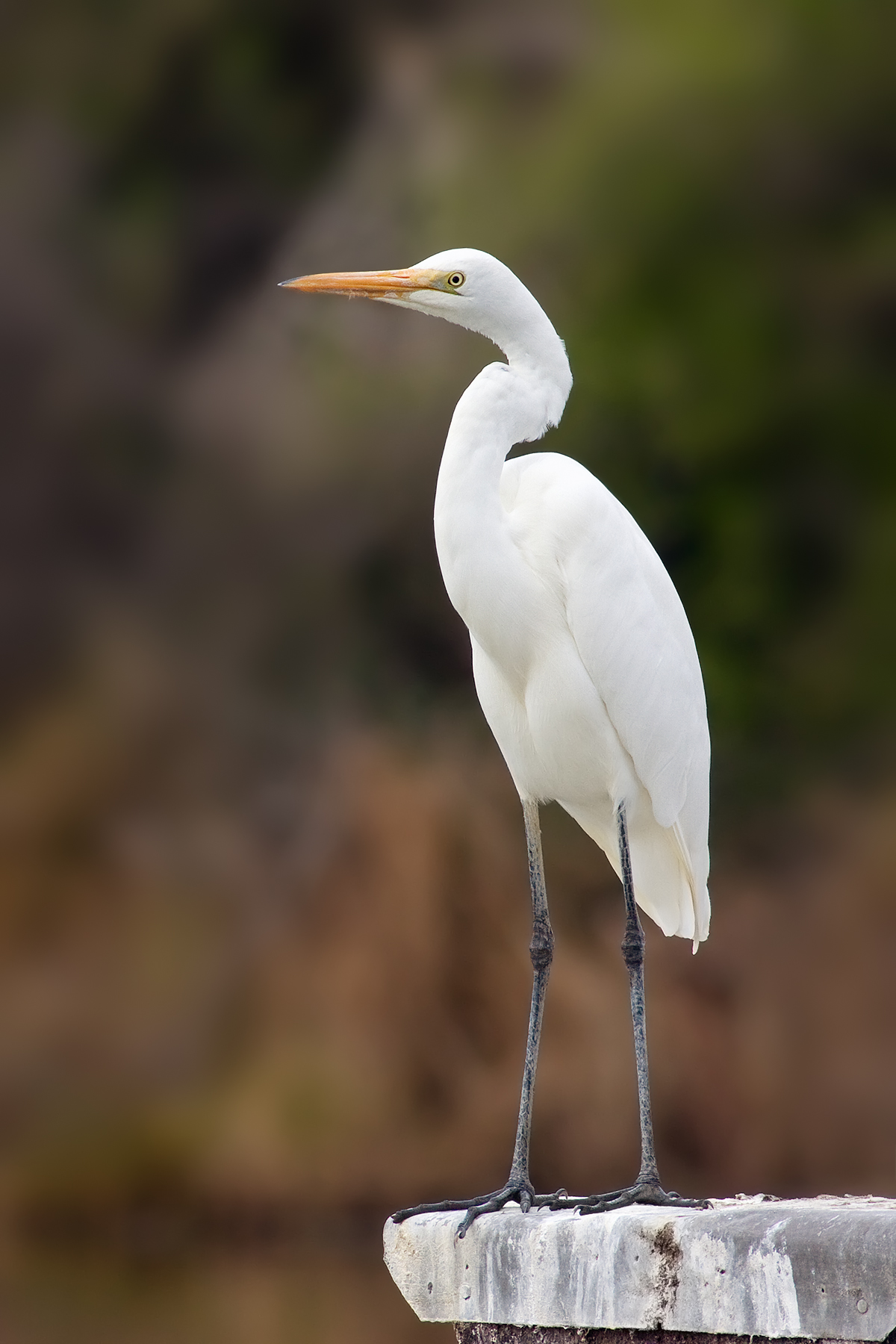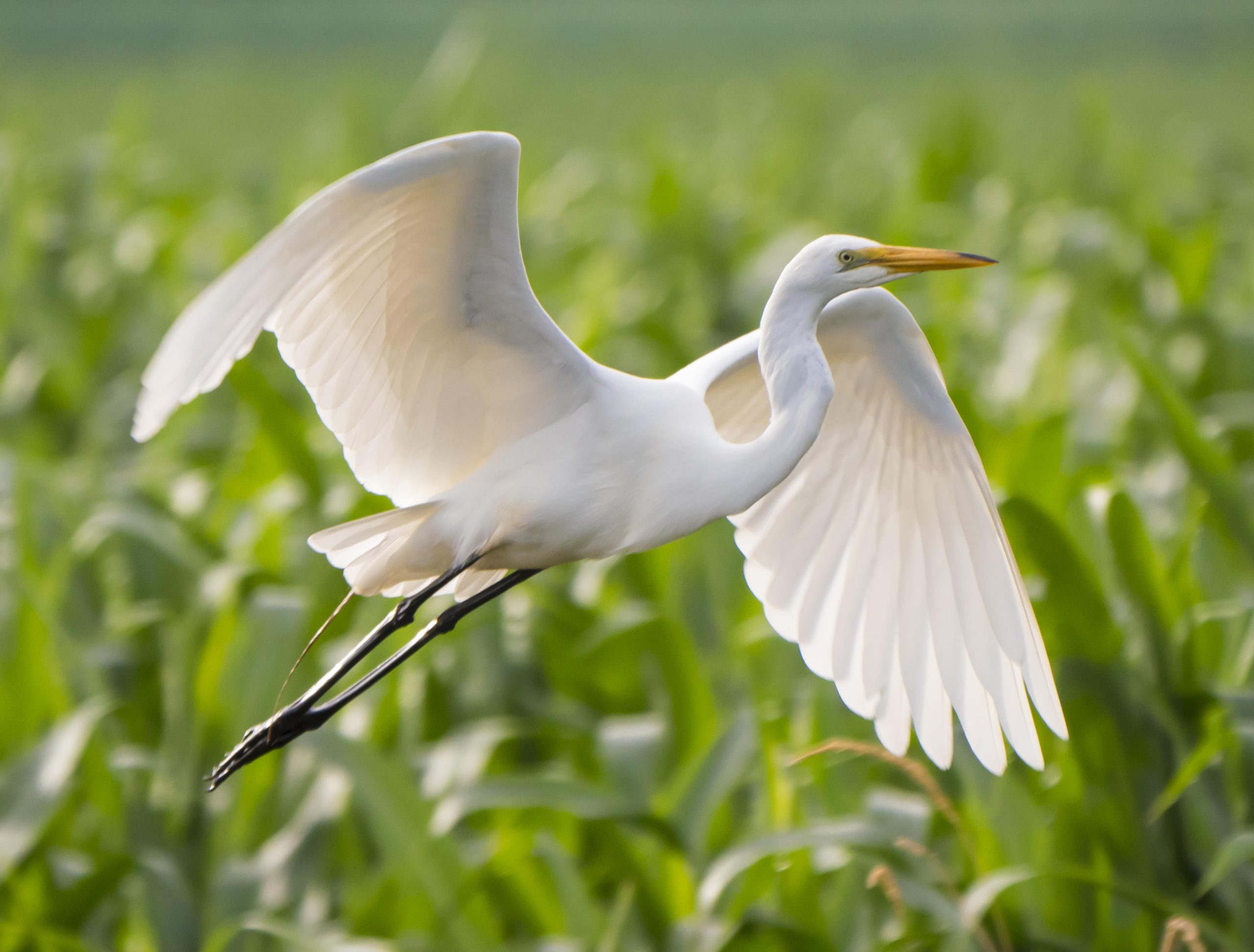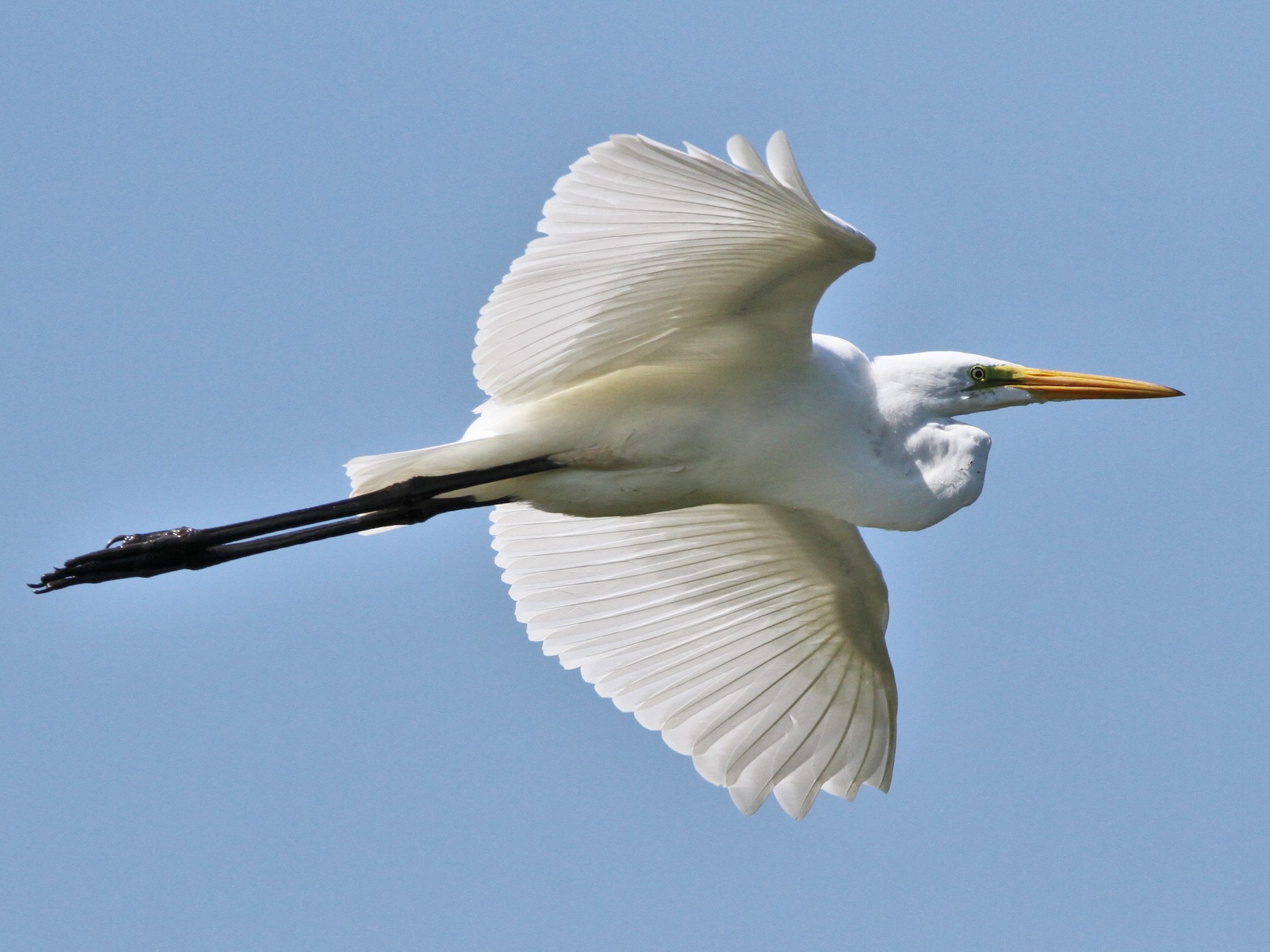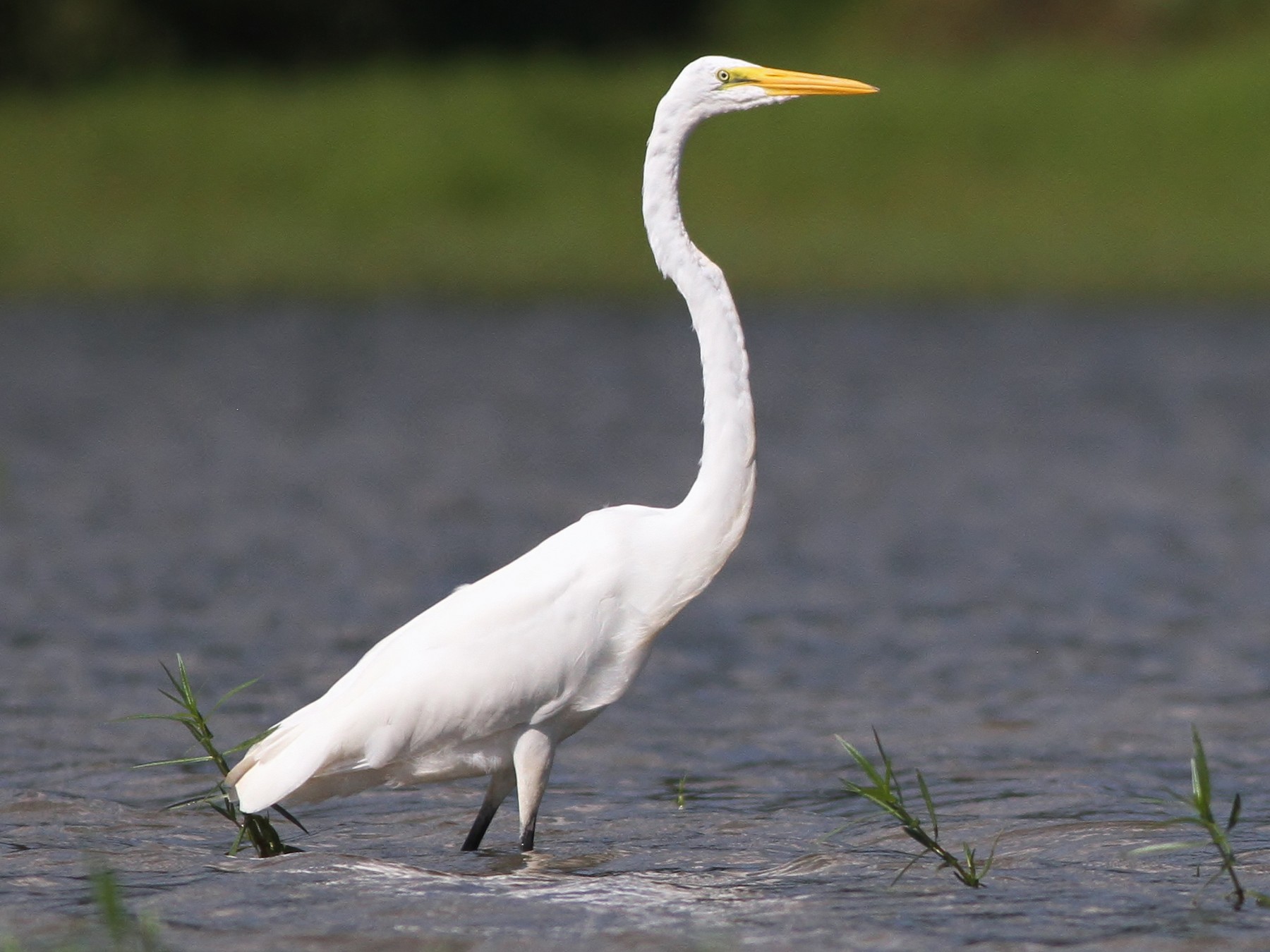The Great Egret: Graceful Majesty of Wetlands and Beyond

The Great Egret, also known as Ardea alba, is a majestic bird that embodies grace and elegance. With its pristine white plumage, slender form, and remarkable stature, the Great Egret stands as a symbol of beauty and tranquility in the natural world.
Found in wetlands and beyond, the Great Egret captivates observers with its graceful movements and regal presence. It is widely distributed across the globe, inhabiting a diverse range of habitats, including marshes, swamps, coastal areas, and even agricultural fields. Whether wading through shallow waters or perched on a branch, this magnificent bird commands attention and admiration.

Standing at an impressive height of up to 3.3 to 3.9 feet (1 to 1.2 meters) with a wingspan that can reach 4.3 to 4.9 feet (1.3 to 1.5 meters), the Great Egret is one of the largest egret species. Its long, sinuous neck and sturdy yellow bill add to its striking appearance, while its bright yellow eyes provide a captivating contrast against its white plumage. During the breeding season, the Great Egret develops delicate plumes on its back, enhancing its visual allure and attracting potential mates.

The Great Egret’s elegance is not limited to its physical attributes but also extends to its hunting techniques. With a patient and stealthy approach, it stands motionless or moves slowly through the water, searching for prey. Equipped with sharp eyesight and a keen sense of hearing, it detects small fish, amphibians, crustaceans, and insects, which make up its diet. When a suitable target is spotted, the egret strikes with lightning speed, extending its long neck and capturing its prey with precision.

Beyond its role as a skilled hunter, the Great Egret plays a vital ecological role in wetland ecosystems. As an apex predator, it helps regulate populations of smaller aquatic organisms, contributing to the overall balance of the ecosystem. Additionally, its foraging activities often disturb the water, which aids in nutrient circulation and promotes the growth of aquatic vegetation.

In terms of conservation status, the Great Egret has faced significant challenges in the past. Due to hunting and habitat loss, its populations experienced decline in several regions. However, conservation efforts and the implementation of protective measures have resulted in population recoveries, and the species is currently listed as least concern by the International Union for Conservation of Nature (IUCN).

The ethereal beauty and tranquil presence of the Great Egret have made it a popular subject for wildlife photographers and nature enthusiasts alike. Its elegant silhouette against a sunset-lit sky or reflected on still waters create captivating images that capture the essence of its grace. Wetlands, in particular, serve as ideal locations to observe and appreciate the Great Egret’s natural behaviors and interactions within its habitat.
The Great Egret, with its graceful majesty and timeless allure, reminds us of the delicate balance and interconnectedness of the natural world. As we marvel at its beauty and observe its role in wetland ecosystems, let us strive to protect and preserve these invaluable habitats and the remarkable creatures that call them home.



